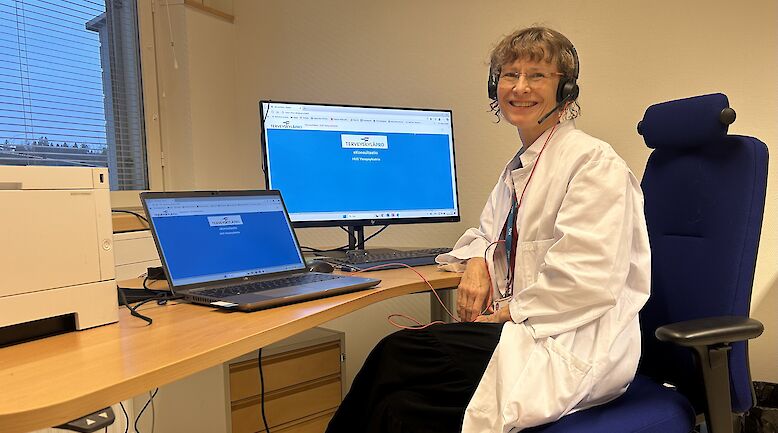English summary: PAIN ASSESSMENT AMONG DEMENTED GERIATRIC HOSPITAL PATIENTS: EXPERIENCIE WITH TWO PAIN ASSESSMENT SCALES

Background
Pain and dementia are common among institutionalized patients. As dementia advances, a patient's ability to self-report pain becomes questionable and observation of changes in the patient's behaviour gains in importance in pain assessment. We compared a self- and nurse-report based Resident Assessment Instrument (RAI) and an observational Pain Assessment in Advanced Dementia Scale (PAINAD) in pain assessment of demented aged hospitalized patients.
Methods
Pain was assessed with both scales and PAINAD scores were also measured during daily treatments. The agreement between the scales was evaluated with Cohen's kappa measures. The sensitivity, specificity and predictive values were determined for the PAINAD scale in relation to the RAI.
Results
The patients (n = 297) were aged and severely demented. The scales were not in agreement. Signs of pain were present with the PAINAD scale in 31-37% of the patients interpreted as painless with the RAI depending on the subgroup and the situation in which PAINAD was used. The negative predictive value of the PAINAD score obtained during daily treatments was high.
Conclusions
If no signs of pain are detected with the PAINAD scale during daily treatments of a severely demented patient, there is a quite strong likelihood that the patient is in fact not suffering from pain. Further development of the RAI is needed to make it more appropriate for assessment of pain in this group of patients. The absence of an objective gold standard for pain assessment of demented patients makes interpretation of the results difficult.












